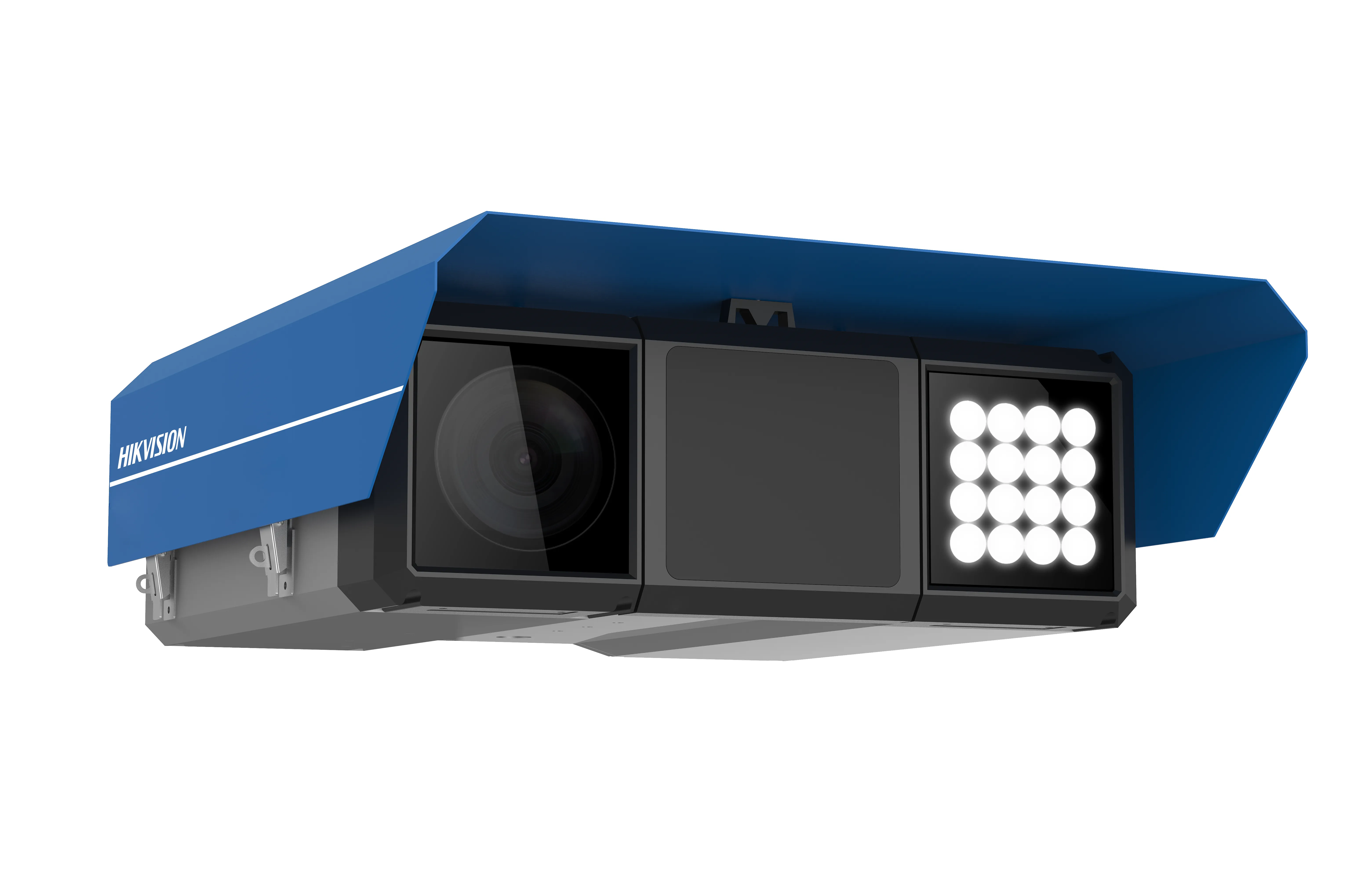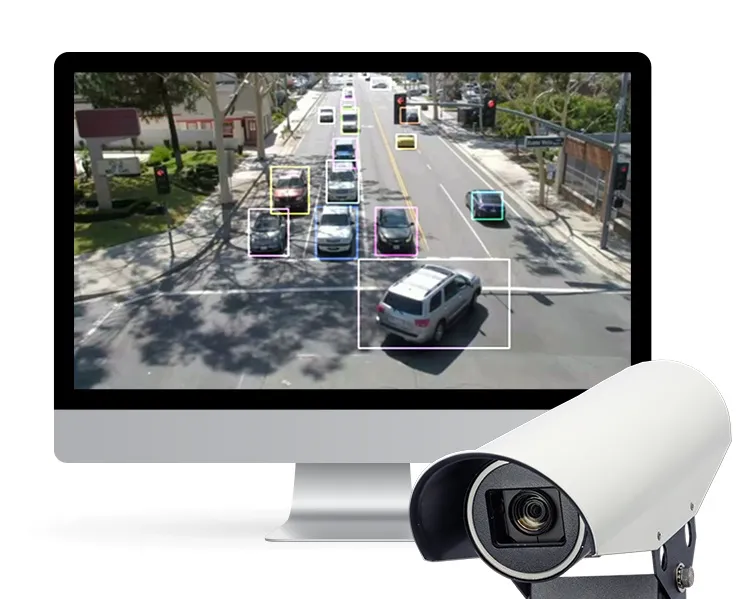KBC Networks has launched a series of environmentally hardened, Ethernet edge switches. The ES range includes an unmanaged entry-level series, suitable for straightforward IP camera networks, as well as switches that offer fibre interfaces, embedded serial server data ports and Small Form Pluggable (SFP) ports - a flexible port that allows users to select either a fibre SC or RJ45 interfaces.
February 3, 2012
Read time: 1 min










